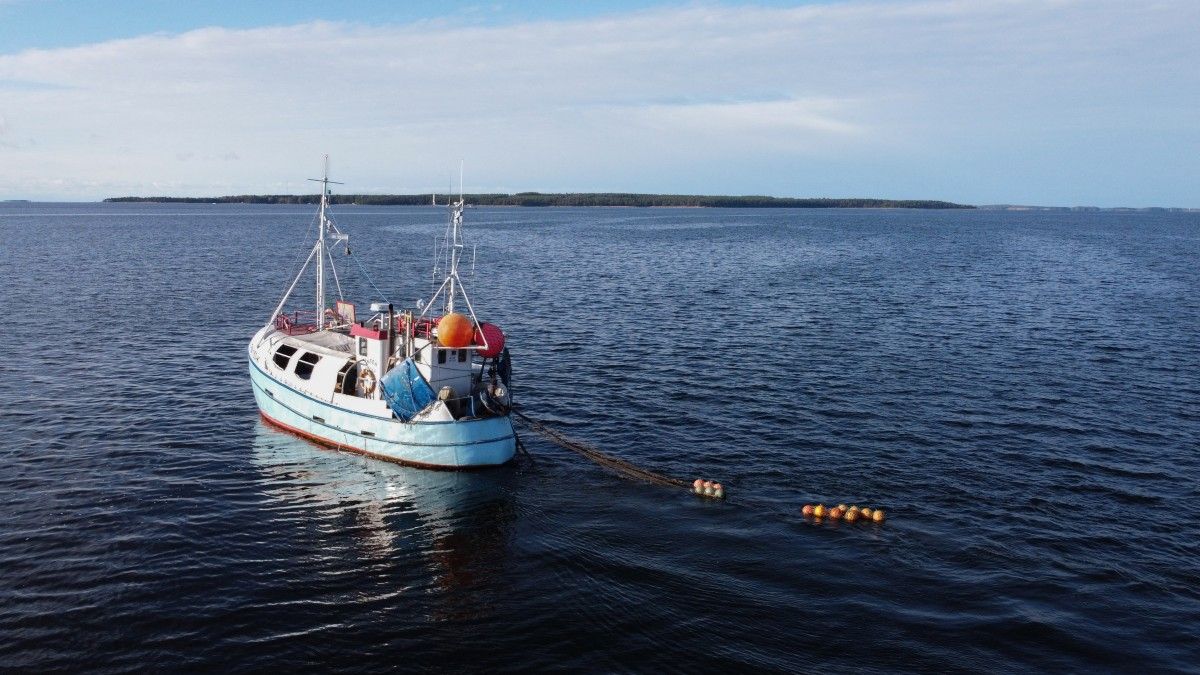
In the Baltic Sea, the oxygen crisis threatens marine biodiversity, prompting researchers and startups to join forces in the BOxHy project to reintroduce oxygen and restore this vital ecosystem.
In the heart of the Baltic Sea, bordered by nine Northern European countries, an alarming phenomenon is unfolding: the gradual disappearance of fish, a direct consequence of oxygen depletion. This ecological disaster, leading to an invaluable loss of biodiversity, has prompted two startups and European researchers to unite in an effort to restore marine life through industrial hydrogen production at sea. The project, named BOxHy, brings together researchers from Stockholm University, the French company Lhyfe, and the Finnish startup Flexens. Together, they are working on a pilot experiment aimed at countering the asphyxiation threatening the Baltic Sea while contributing to the decarbonization of land-based industries.
An Ecological Desert
Dissolved oxygen is vital for the survival of both vertebrate and invertebrate marine organisms. According to Christophe Rabouille, a researcher at CNRS, “these organisms have zero capacity to survive without oxygen.” Yet, the concentrations of oxygen in coastal waters have been inexorably declining for over fifty years. This phenomenon can be attributed to two main factors, as explained by the International Union for Conservation of Nature (IUCN): on one hand, eutrophication, a process by which excessive nutrient accumulation (often due to human activities) leads to a degradation of water quality, and on the other hand, the warming of ocean waters, exacerbated by climate change.
In the central Baltic, one finds “one of the largest dead zones in the world,” covering an area equivalent to one and a half times that of Denmark. This region, characterized by severe hypoxia, is described by Alf Norkko from the University of Helsinki as an “ecological desert.”
Reoxygenating the Oceans
The BOxHy project aims to study the feasibility of injecting gaseous oxygen at depth, a method already successfully tested in certain American freshwater lakes. Jakob Walve, a marine ecologist at Stockholm University and a project associate, argues that restoring oxygen levels in deep waters would have significant positive effects on the Baltic ecosystem, particularly by promoting habitat for spawning and feeding of cod. The support of the United Nations, granted in June as part of a decade-long program for sustainable ocean development, marks a turning point for this ambitious project. Szilvia Haide from Flexens expresses her satisfaction with this recognition while emphasizing that several steps remain before starting the reoxygenation process.
Producing oxygen cleanly and locally is a priority. The French startup Lhyfe, specializing in water electrolysis, plays a crucial role in this initiative. The generated oxygen, typically released into the atmosphere, could be injected into Baltic waters. However, questions remain: how much oxygen should be injected, at what rate, and what will be the impacts on fauna and flora? The next phase of the BOxHy project, expected to span five to six years, will begin in 2025. It aims to experiment with a pilot station to determine the best injection methods and assess environmental consequences.
A Long Road Ahead
According to Matthieu Guesné, CEO of Lhyfe, about thirty offshore platforms would be needed to completely reoxygenate the Baltic Sea. While this seems feasible, he tells AFP that the path will be long: “Pollution has built up over decades, and it will require investment for 20 to 30 years as well; this is not a quick fix, it’s a very long-term project.” The success of this initiative will also depend on changes in agricultural practices in coastal countries, particularly regarding fertilizer use.
With AFP
Comments